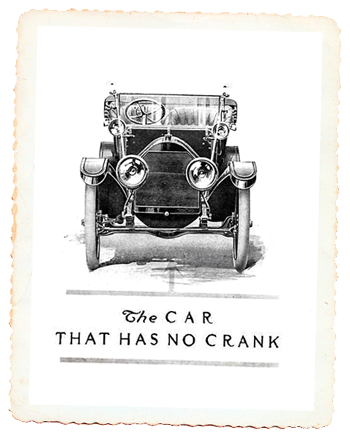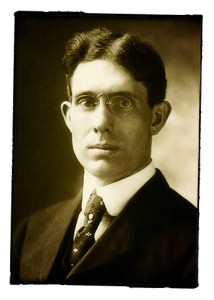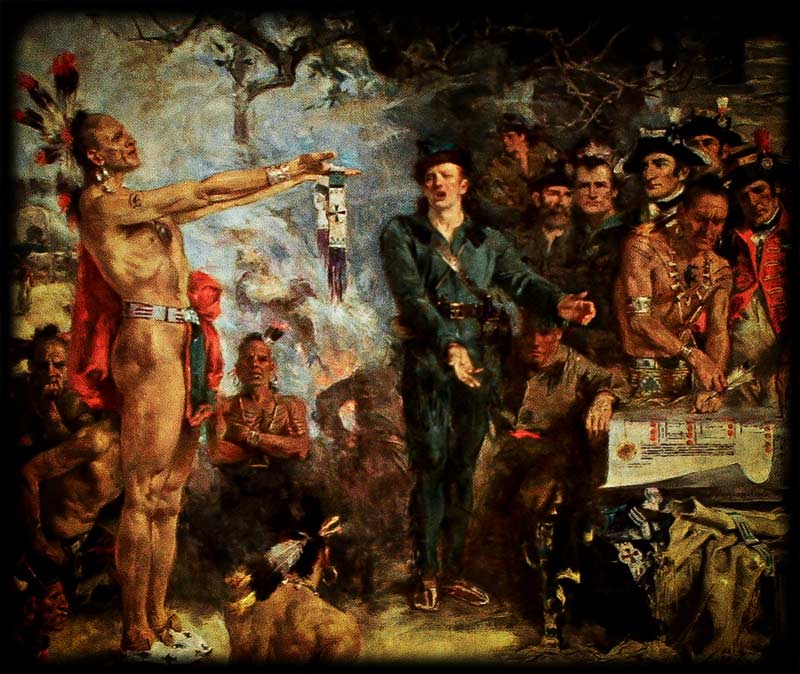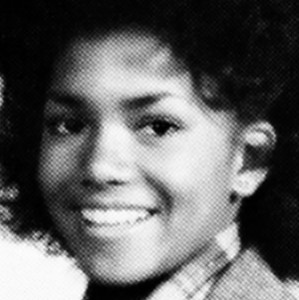
On this day Ralph E. Hay asked 6 of his friends and associates to meet with him in his Canton Ohio auto dealership where he sold Hupmobiles. The one thing that all of these men had in common was their love of football. Four of the men at the Hay’s dealership that day were already professional football team owners. They were members of the Ohio League which included the Akron Pros, Cleveland Indians, the Dayton Triangles and Hay’s Canton Bulldogs. and they were used to seeing each other during the fall. But this was a little unusual, the teams were still practicing and getting ready for the fall season.
Hay had bought his team called the Canton Bulldogs a couple of years earlier. He thought it would be a good idea to promote his automobile dealership, plus he just loved the game. But today’s meeting would mean a giant leap forward for the game. These men were here to form a new football league that could take their new league to a higher level.
At the meeting they decided to call the new league the American Professional Football Association and the creation of the American Professional Football Conference. They also nominated Ralph Hay’s coach and star player, Jim Thorpe to be the league’s first president.

Jim Thorpe who had been getting his Bulldogs ready for the first game, was honored that they would nominate him. But for the owners, it was purely a good business decision. Jim Thorpe was a star athlete and recognized around the world for Olympic accomplishments a few years back. The business men assembled at Hay’s dealership thought having Thorpe as the president of the new football league could only improve their legitimacy and attendance.
One month later, the men met once again and electing Jim Thorpe to be president of the new league, and they changed the league’s name to the American Professional Football Association. Two years later the league’s name would once again be changed to the National Football League – the NFL we all enjoy watching every Sunday.





